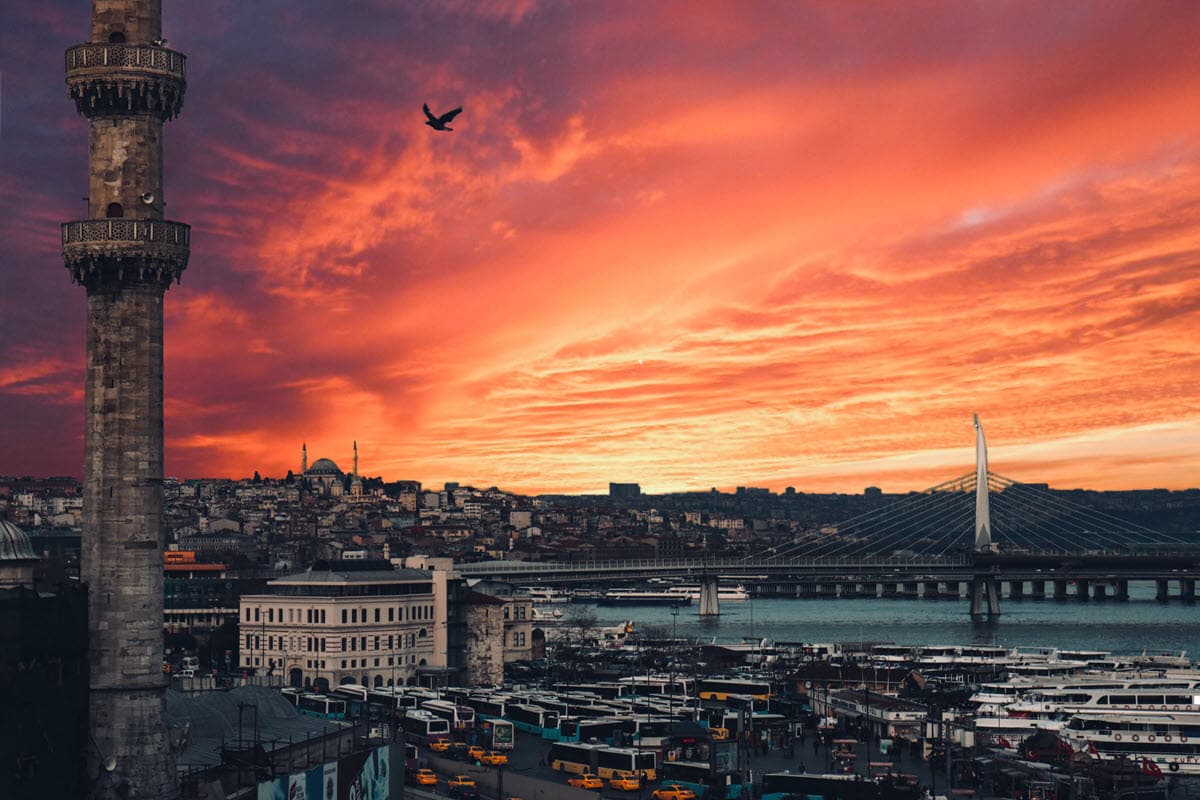Istanbul is the largest city in Turkey and the largest in Europe, with a population of 15,840,900. Overall, it’s ranked as one of the top 20 biggest cities in the world. It used to be known as Constantinople.
Istanbul is known for being the only city in the world that straddles two continents, acting as a bridge between Europe and Asia. It’s known as the cultural, economic, and historical hub. In addition, it’s home to some of the world’s most iconic landmarks, such as the Hagia Sophia.
City’s Most Iconic Landmark: the Hagia Sophia (Aya Sofya)
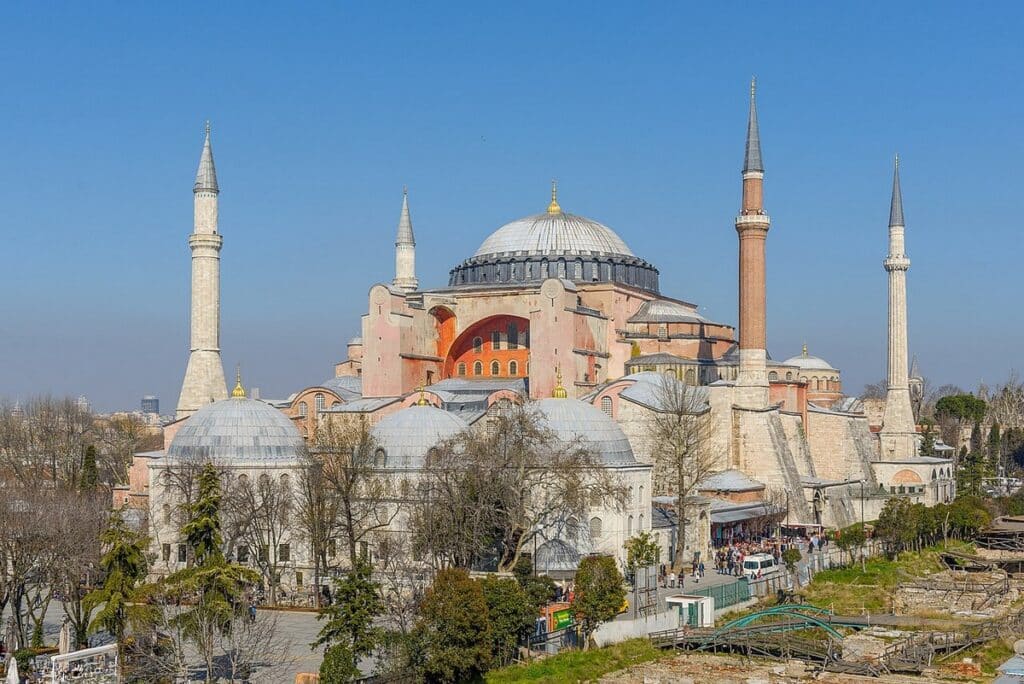
The Hagia Sophia is one of the world’s most iconic sights. It has been a contested religious center of Christian and Muslim empires during its 1,500-year history. It used to serve as the seat of the Patriarchate of Constantinople, and it was the place where emperors were crowned, and victories celebrated.
After the conquest of Constantinople by the Ottomans, it became a mosque in 1453. It then became the place where the Ottoman Sultans would say their prayers. Today it is still one of the largest shrines in the world. You can’t visit Istanbul without seeing the city’s most well-known landmark.
Blue Mosque
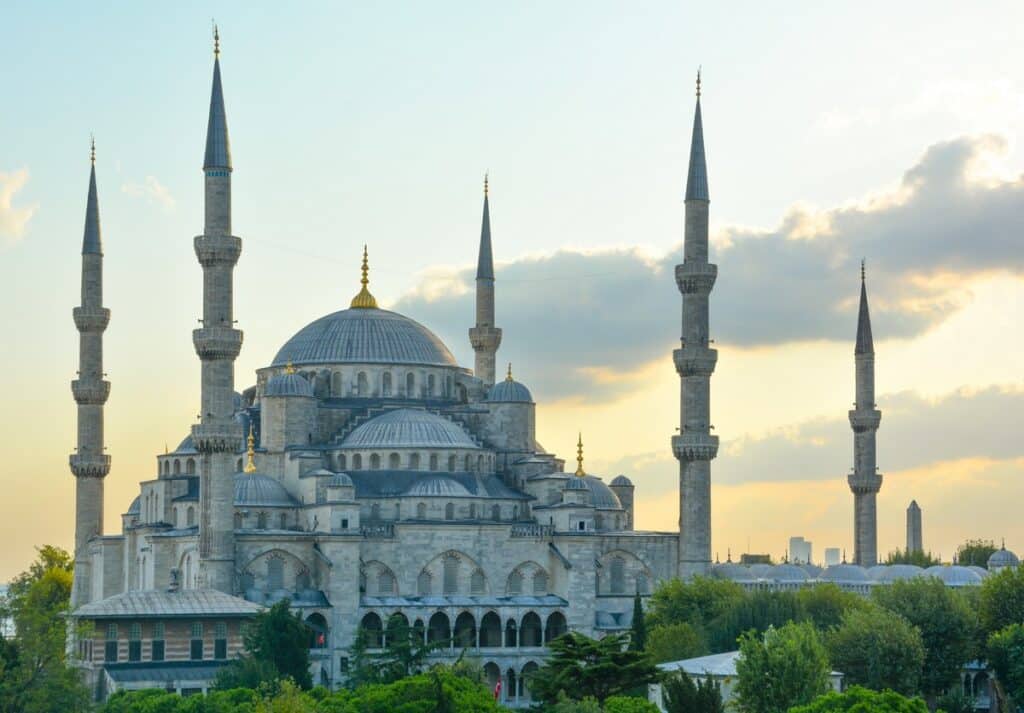
The Blue Mosque is also known as the Sultanahmet Mosque (Sultanahmet Camii). It was built between 1609 and 1617 and earned its name because of the blue tiles used to decorate its interior. Sultan Ahmet I, commissioned the mosque as he wanted a monument constructed to surpass the Hagia Sophia in stature.
This is the only mosque in the city with six minarets. This was controversial at the time as only the Prophet’s mosque in Mecca could have six. The Sultan ended the hostilities by paying for a seventh minaret to be added to the mosque in Mecca.
Basilica Cistern
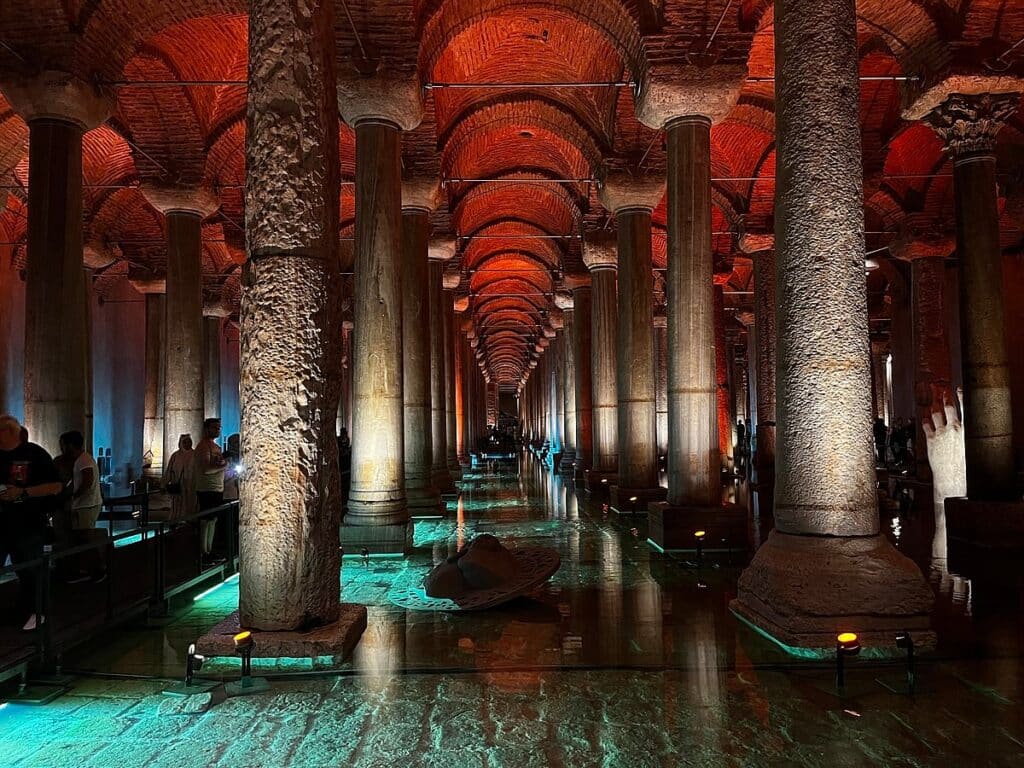
The Basilica Cistern is a massive underground tank that was used to supply the Topkapi palace with water during its heyday. The cistern that’s 140m long and 70m wide could hold up to 80,000 cubic meters of water.
Visitors can now visit this vast underground structure that’s lit up by atmospheric lights. Look out for the large Medusa structures that have been turned upside down or on their side. If you are a James Bond fan, a scene from the 1963 film From Russia with Love was shot here.
Hippodrome
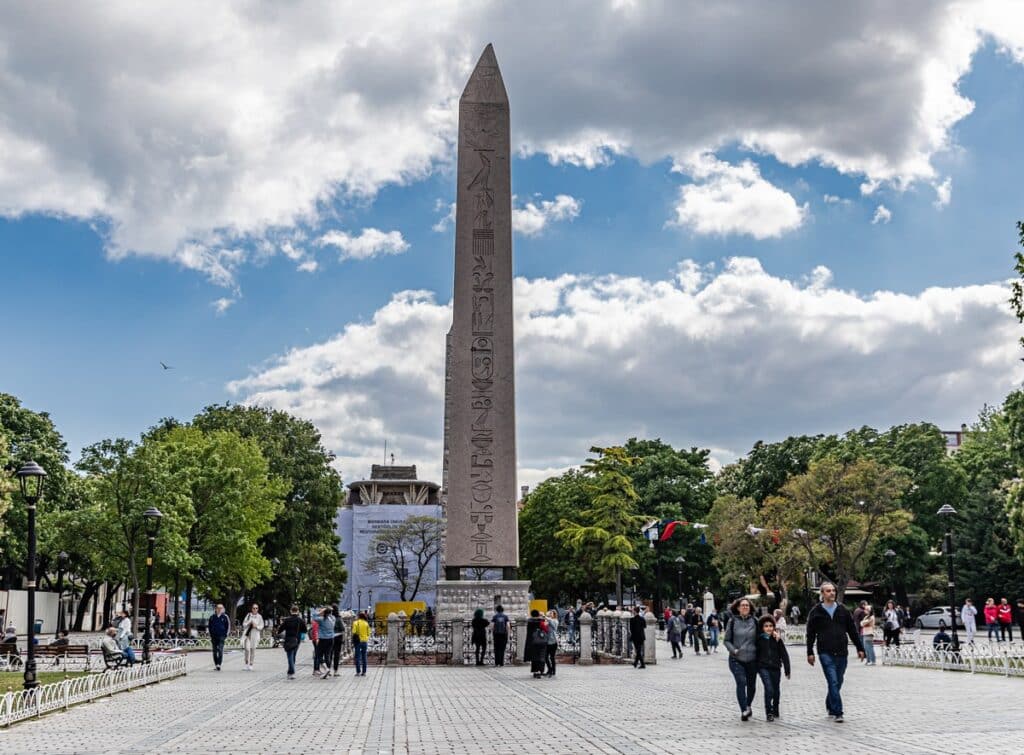
The hippodrome was a staple of social life during the Byzantium period. It was used for court ceremonies and games – most notably chariot racing. The original incarnation date of the structure dates back to 230 AD, and it could hold 100 000 spectators.
When visiting the Hippodrome, lookout for a number of noteworthy statues. For example, you’ll find the Fountain of Kaiser Wilhelm II at the northeast end. The statue was a gift to the Ottoman Sultan in 1898, and it marks the spot where chariot races used to start.
See the heart of the Ottoman Empire at the Topkapi Palace
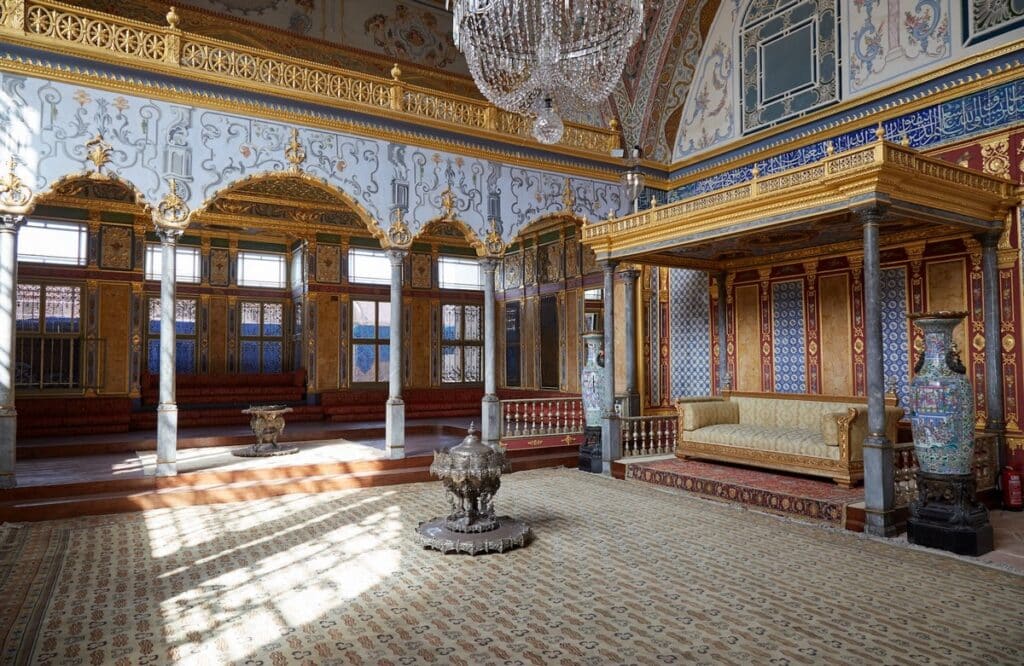
The Topkapi Palace, completed in 1465, used to be the nerve center of the Ottoman Empire and today is one of the top sights in the city. This palace complex housed a number of structures that served as the political and administrative heart of the empire.
There are four main courts to visit, but you can enter the first one for free. After this, you need to purchase a ticket to visit the remainder of the palace. There is so much to see that I suggest you take your time to visit as you can easily spend an entire day here.
Spice Bazaar
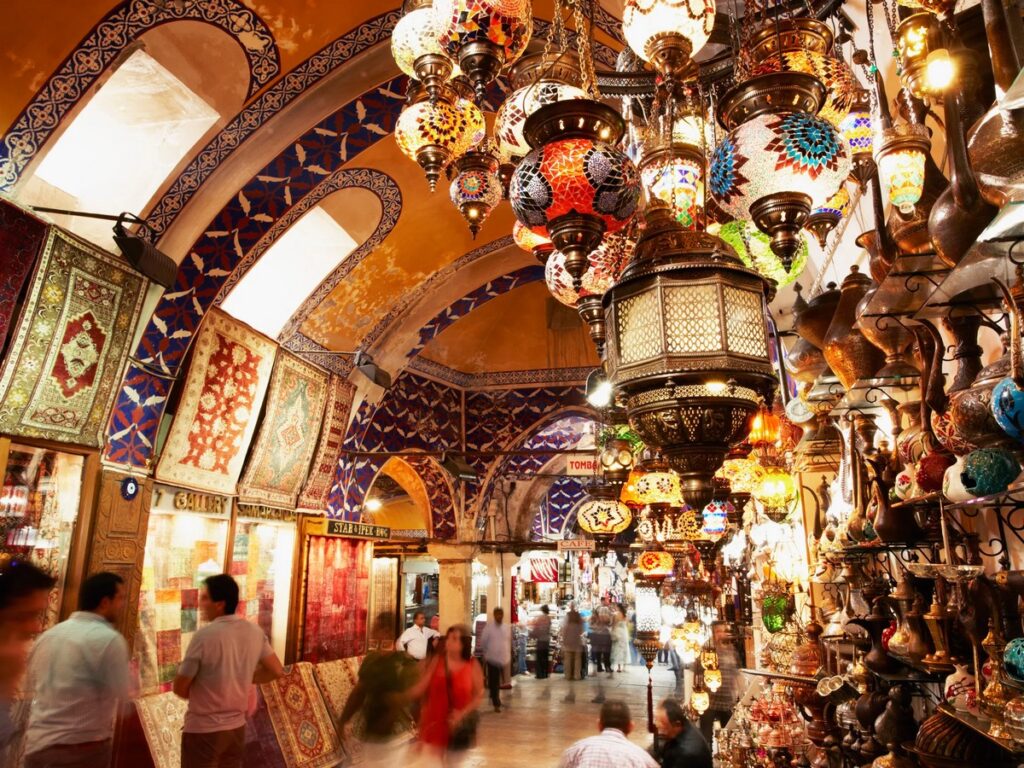
You need to visit the Spice Bazaar for the amazing colors and flavors that the bazaar sells. Spices in contrasting colors are usually piled into high heaps in the 88 vaulted chambers making a visit a feast for the senses.
You can also buy traditional Turkish sweets such as Turkish delight here. However, beware that if you want to purchase some goods here, prices tend to be slightly higher given the market’s popularity.
Süleymaniye Camii (Suleymaniye Mosque)
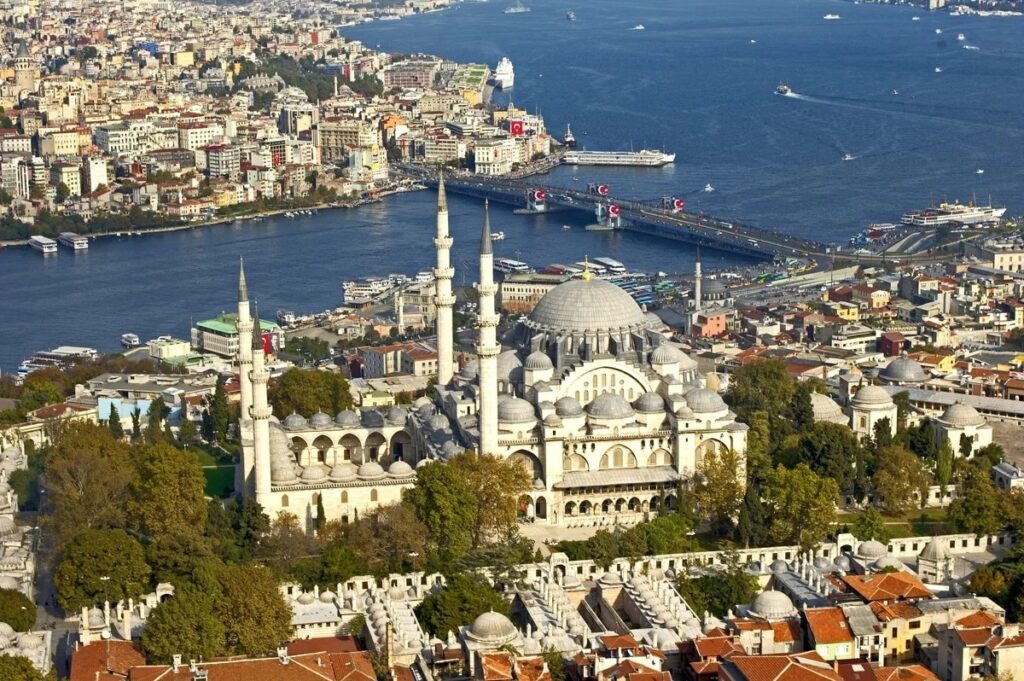
The Suleymaniye Mosque is an Ottoman imperial mosque situated on the highest hill in the city. Some say this mosque is the masterpiece of renowned Ottoman architect Mimar Sinan. Sultan Süleyman I, known as the richest of all the Ottoman sultans, commissioned the mosque. Construction began in 1550, and it took 3500 artisans seven years to finish their masterpiece.
While the Blue Mosque is the most famous one in the city, the Suleymaniye Mosque is a beautiful alternative mosque to visit free from the hordes of tourists.
Treat yourself at the Suleymaniye Hamam (Süleymaniye Hamamı)
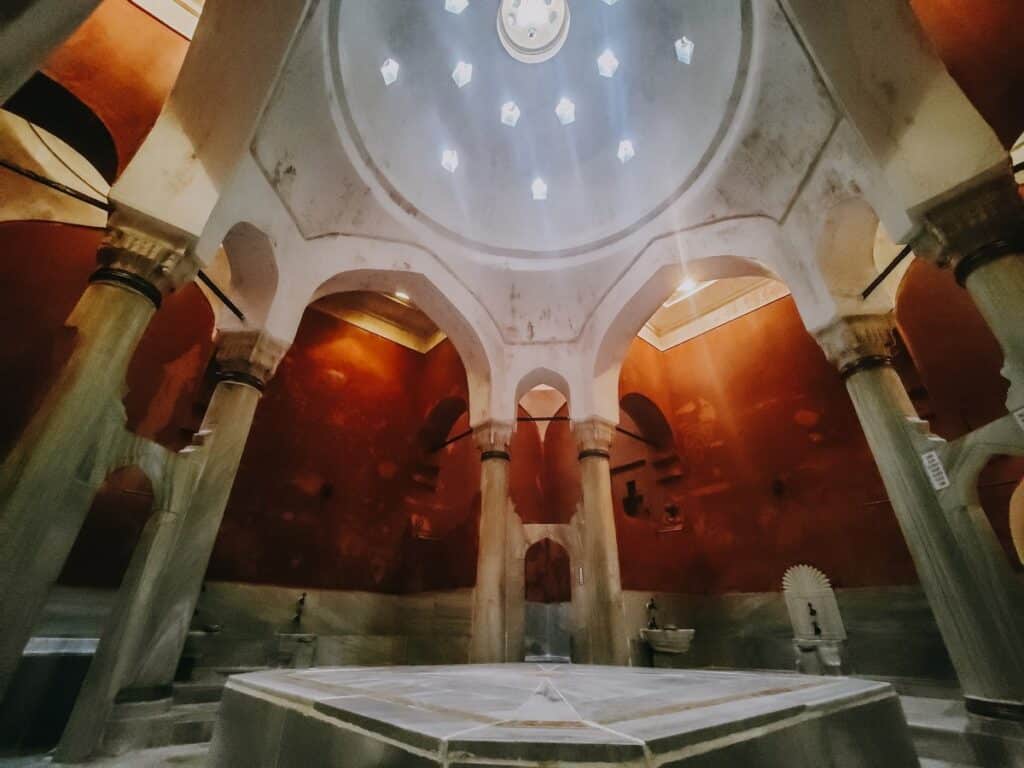
Another one of Sinan’s masterpieces, the Hamam, was designed and built in the period 1550 to 1557. This old Hamam, still in use today, was a regular stop for Ottoman sultans that had their own designated quarters.
The building contains impressive archways and domes decorated with elaborate marble inlay. It’s also the only hamam in the city where genders can bathe together.
Enjoy the view from the Galata Tower
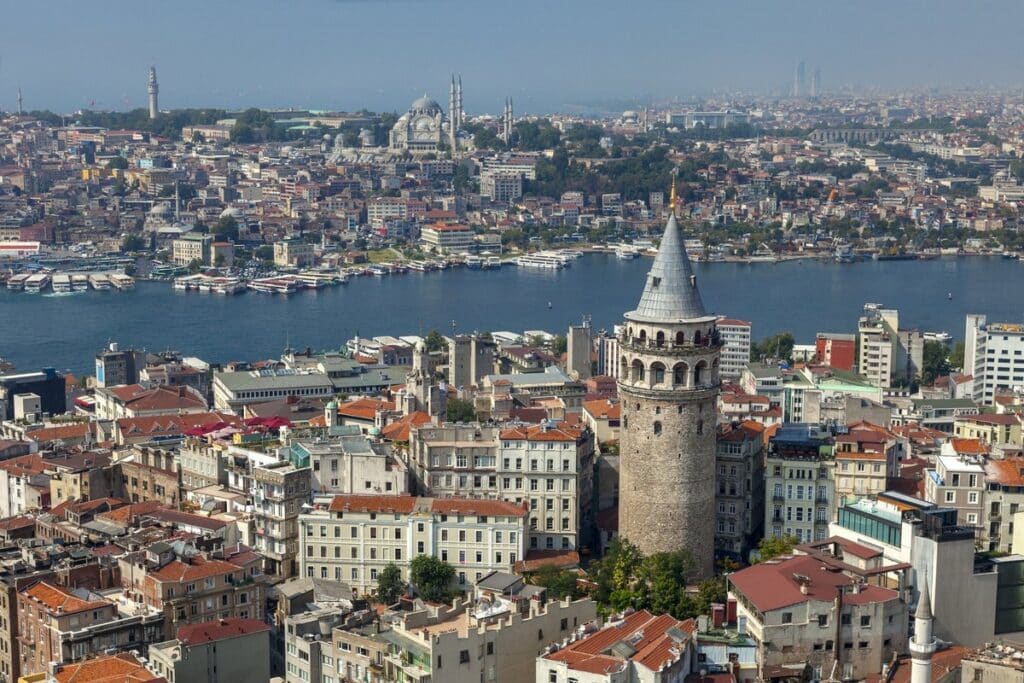
The Galata Tower has dominated the Beyoğlu skyline since its construction in 1348. This 66.9-meter (220-foot) tower was the highest point along the city walls of the Genoese colony called Galata.
The tower served many purposes in history. During the Ottoman in the 16th century, it was used as a prison and later as a fire tower in the 19th century. Today this is the perfect spot to visit for incredible 360 degrees panoramic views of the city. There are two elevators that take you to the observatory deck at the top of the tower.
Take a cruise on the Bosphorus
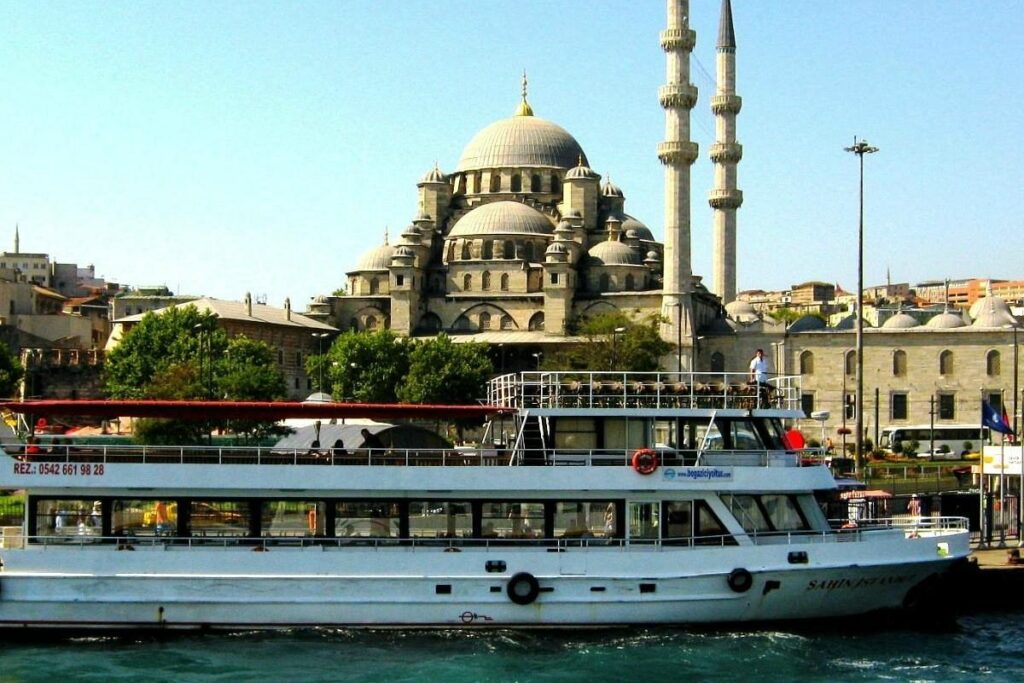
You can’t leave the city without having taken a cruise on the Bosphorus. The Bosphorus is a narrow, natural strait of water that is an internationally significant waterway. There is an array of different cruises available during the day, and you can even opt for an evening cruise complete with dinner.
Go shopping at the Grand Bazaar
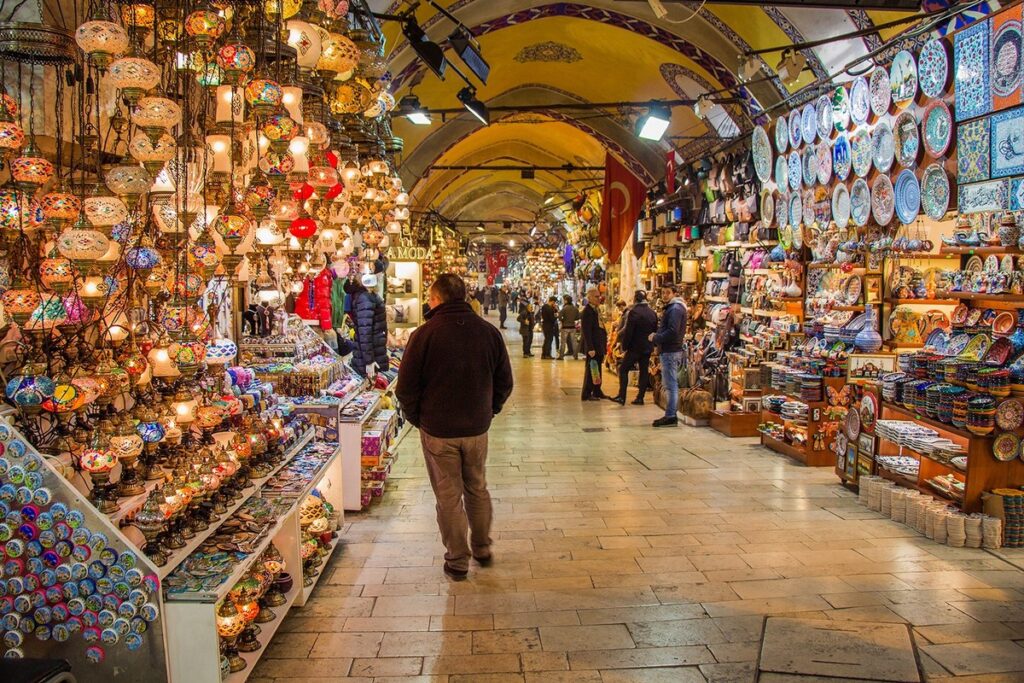
This grande shopping complex dates back to 1453. This massive labyrinth can be overwhelming for those unaccustomed to the Middle East. There are around 4000 shops that line 66 vaulted streets that sell a variety of different goods. Approximately half a million people, both locals and tourists visit the bazaar daily.
Indulge in Meyhane Culture
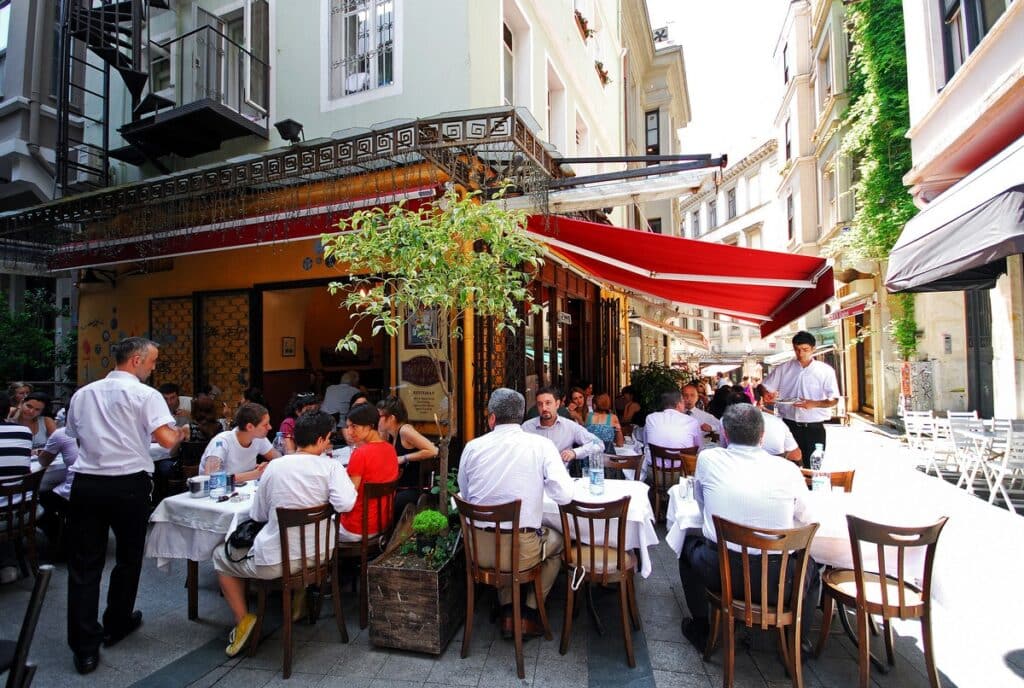
A meyhane is a lively tavern where you can eat fish, drink raki (an aniseed spirit), and marvel at the wandering Roma musicians. It’s not only just a type of restaurant but a whole experience on its own. Round off your trip to the city by dining in one of these many traditional taverns scattered over the city.
Eat some of the Best Baklava in the World
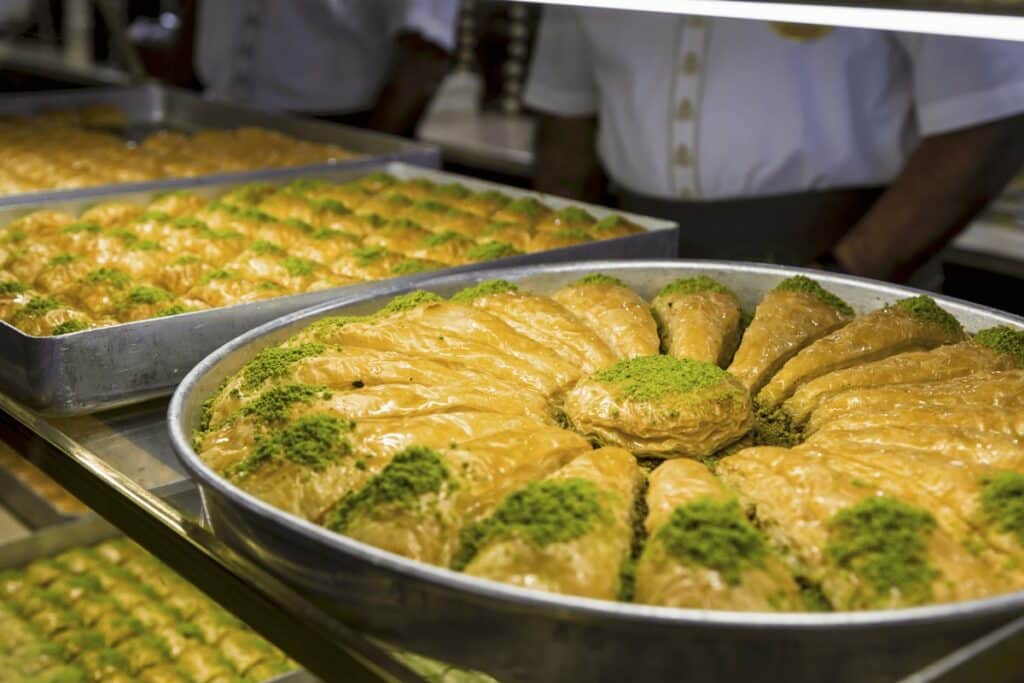
You will quickly fall in love with Istanbul if you have a sweet tooth. With seemingly endless spots offering baklava, you are never too far from a place to satisfy your craving. There are several different baklava options on offer, so visit more than one shop to ensure you get to try more than just one kind.
Little Hagia Sophia (Church of St. Sergius and Bacchus)
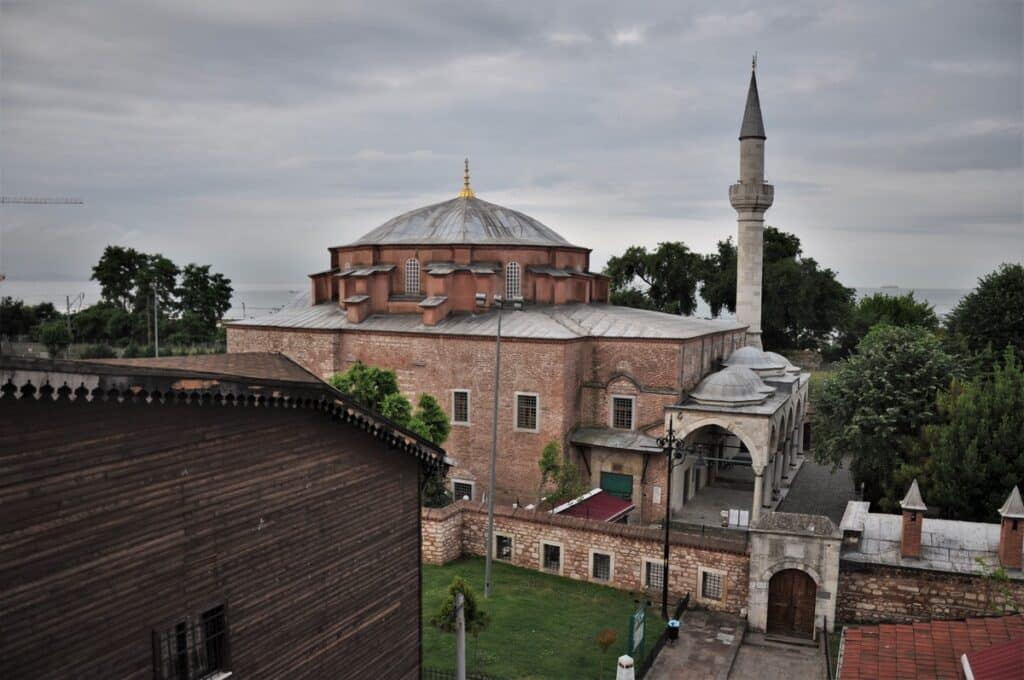
The name might be deceiving as the Little Hagia Sophia looks completely different from the Hagia Sophia. This landmark used to be a former Greek Orthodox Church during the Byzantine period.
However, it was converted into a mosque in 1513 after the conquest of Constantinople, and currently, it still functions as a mosque. You can visit the mosque every day, and the admission is based on donations.
Sokollu Mehmet Pasha Mosque (Sokullu Mehmet Paşa Camii)
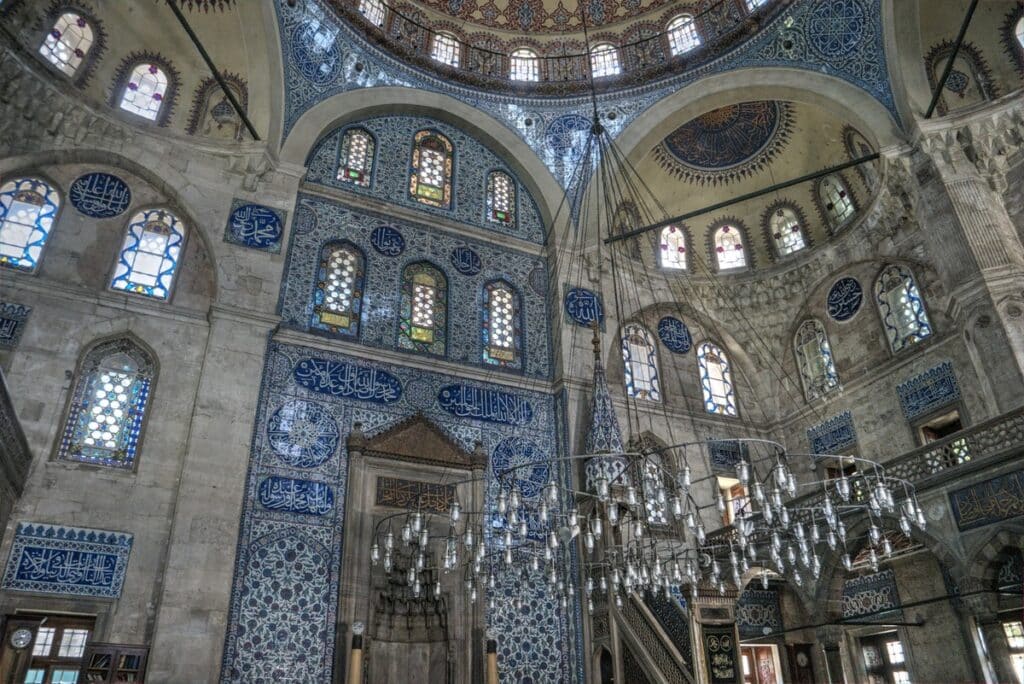
Famous architect Minar Sinan designed this mosque in the 16th century, and today is widely seen as one of the most beautiful examples of classical Turkish architecture in Istanbul. When you are in Sultanahmet, it is well worth a stop to admire its unique interior and the extensive use of vibrant Iznik tiles and marble details.
Istanbul Archaeological Museums
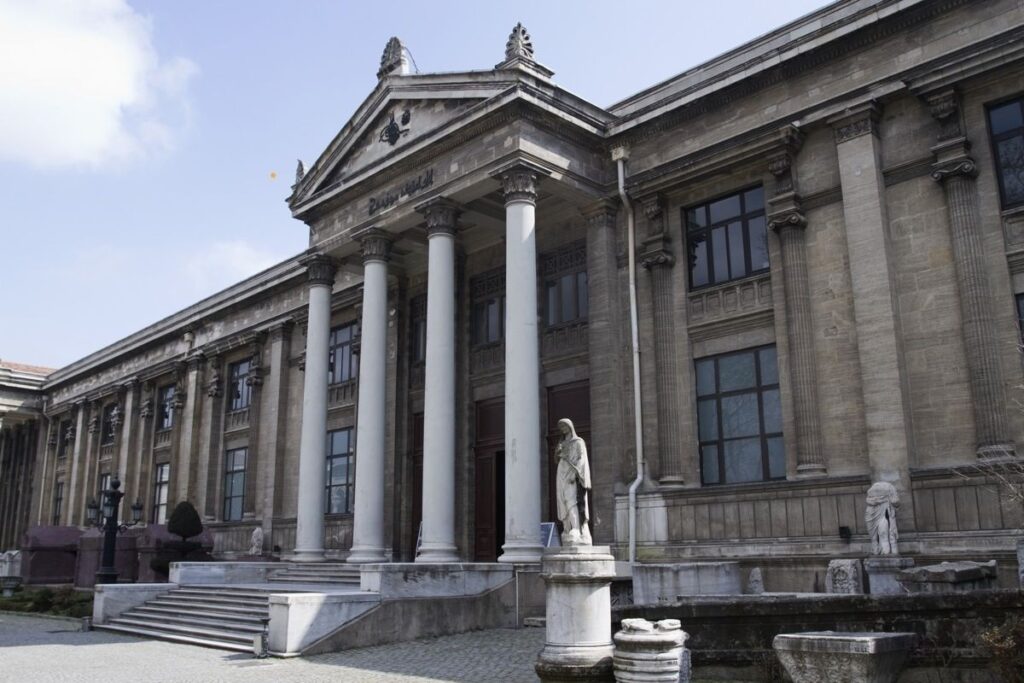
The Istanbul Archaeological Museums is a collection of three museums that opened to the public in 1891. Not only is it the country’s first museum, but today it remains one of the world’s largest museums, with more than a million works. It’s known for its collection of Greek, Roman, and Byzantine artifacts.
Rustem Pasha Mosque (Rüstem Paşa Camii)
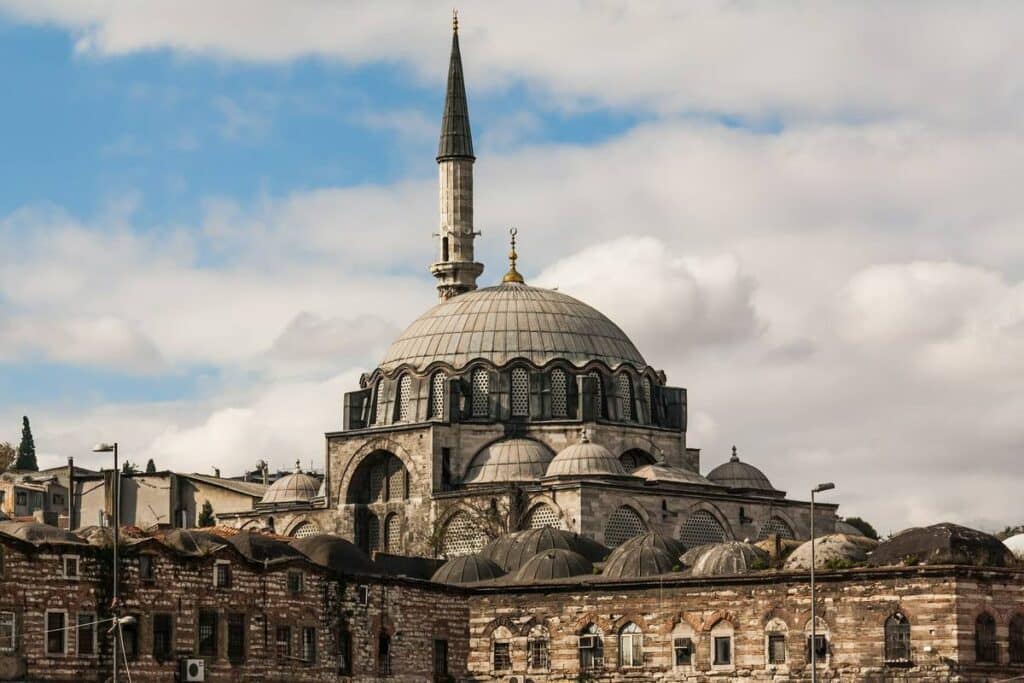
There’s no shortage of mosques in the city, but this is one of the most beautiful ones well worth a visit. It was built in the period 1561 to 1563 by Princess Mihrimah in memory of her husband.
The princess was the daughter of Süleyman the Magnificent, the sultan that commissioned many of Istanbul’s most significant landmarks. The mosque is known for the elaborate use of Iznik tiles that adorn the walls in various geometrical and floral patterns.
Istanbul Modern
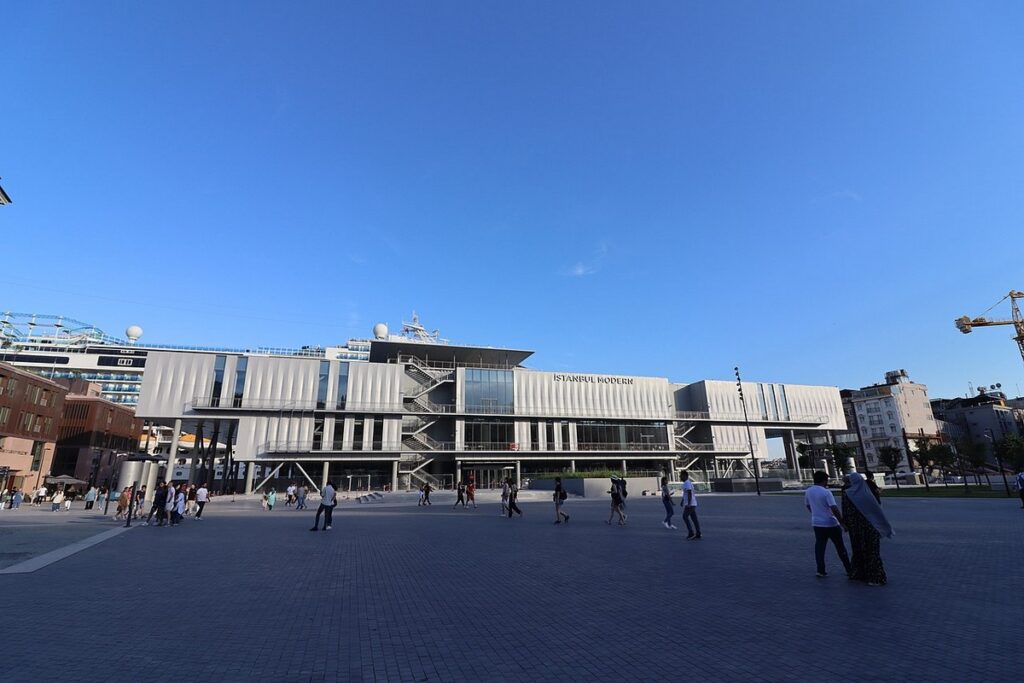
Istanbul Modern was founded in 2004, and it is the country’s first museum of modern and contemporary art. It’s the city’s version of London’s Tate Modern. Although smaller in size, it’s a fantastic hub of contemporary art. The museum is dedicated to sharing the country’s artistic creativity with the local and international art worlds. It collects works of modern and contemporary art as well as design, photography, and new media.
Theodosian Walls
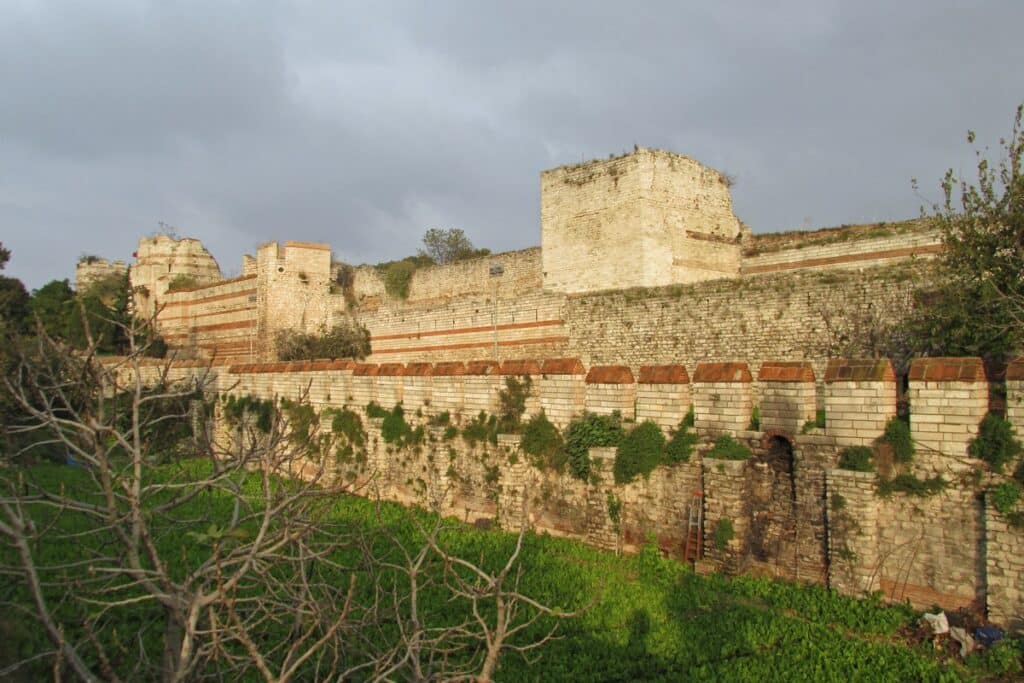
The Theodosian Walls are the city’s most magnificent surviving moment from Late Antiquity. Sections of this ancient wall can still be seen throughout the city. They are the remnants of the fortification of Constantinople, the capital of the Byzantine Empire. These fortifications are the strongest ever built in history and protected the city against enemy sieges for 800 years.
Maiden’s Tower
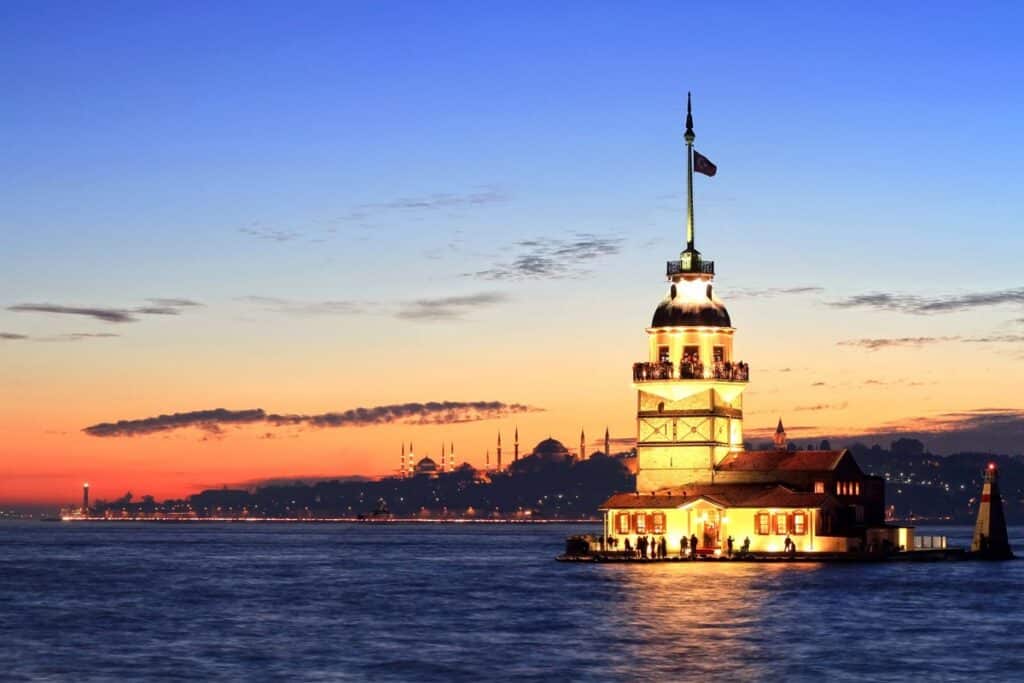
The Maiden’s Tower, also known as Leander’s tower, dates back to the fifth century B.C. It was built to control ships using the Bosphorous. The Byzantines later used it to block enemy ships by attaching a chain to the tower and another spot on the peninsula. The Ottomans, in turn, used the tower as a lighthouse.
Today tourists can visit this historic landmark and dine at the cafe and restaurant in the tower. A trip at night makes for a fantastic view of the old city.
